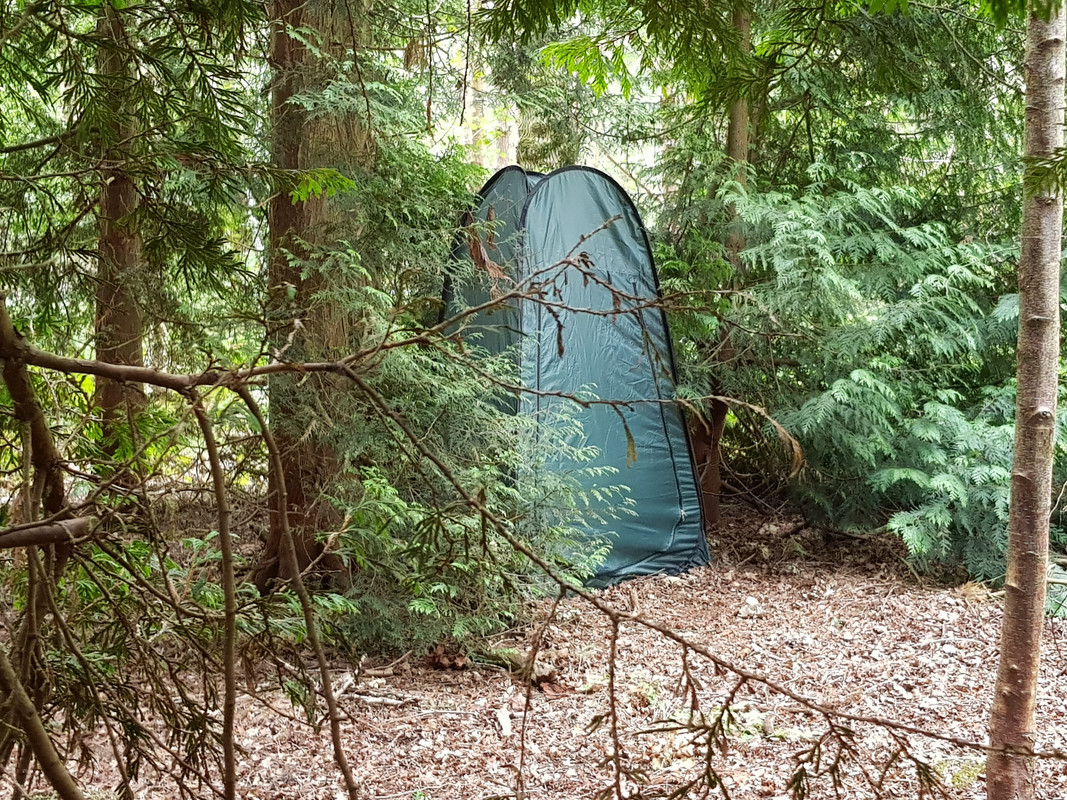There are a number of us that are fortunate enough to own or have responsibility for small woodlands, and, I suspect, even more of us that would aspire to. So based on the conversations in other threads I thought it might be useful to start a thread where we can discuss some of the delights, problems, issues and, hopefully, solutions to being the custodian of woodland from the viewpoint of the owners and the users of woods. After all, the woods were here before we were and will be here long after we've gone; we have a duty to do our best for them 
Topics we could discuss (but without limits) could be:
- bio-diversity analysis and plans
- invasive species problems
- experience of and dealing with tree threats (such as ash die-back)
- camp sanitation
- camp layout and structure
- woodland resources and uses at less than full commercial level
- and, of course, some just plain discussions on the pure pleasure we get from the woods
Topics we could discuss (but without limits) could be:
- bio-diversity analysis and plans
- invasive species problems
- experience of and dealing with tree threats (such as ash die-back)
- camp sanitation
- camp layout and structure
- woodland resources and uses at less than full commercial level
- and, of course, some just plain discussions on the pure pleasure we get from the woods

